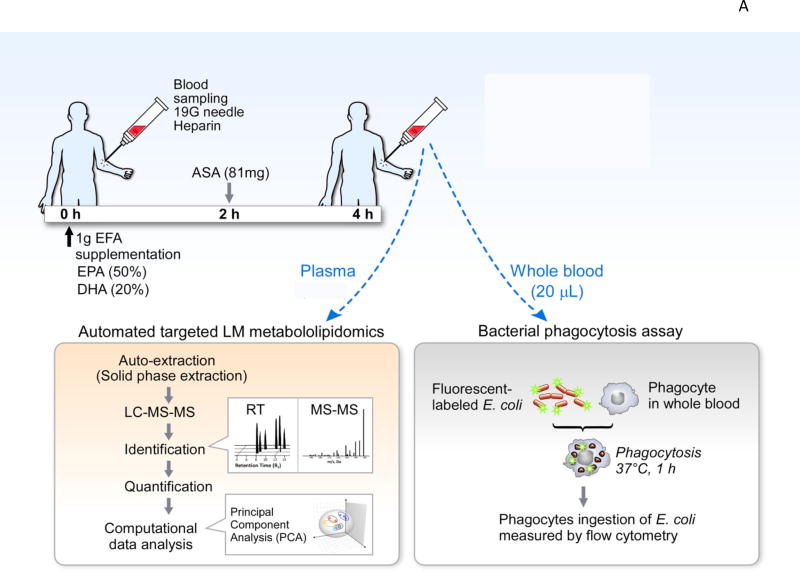Figure 3. Demonstrations of SPM Production in Humans.
(A) Illustration of functional metabololipidomics: human SPM production and assessment of their function. At time zero, individuals all ingested 1 gram of omega-3, containing 50% EPA and 20% DHA. At 2h, they took low-dose aspirin (81 mg). At 4h, blood was collected to carry out LM-metabololipidomics together with PCA analysis. In parallel, whole blood from the same subjects were used for functional assessment with phagocytosis. Whole blood was incubated with fluorescent-labeled E. coli ex vivo, and phagocyte ingestion of E. coli measured by flow cytometry. A cluster of SPM was elevated with acute n-3 and ASA intake, and correlated with increased phagocyte function in whole blood. This approach provides a tool for functional metabololipidomics.
(B) Principal Component Analysis: Mastitis human milk gives altered LM-SPM profiles with higher levels of PG and LT, while healthy human milk contains higher amounts of SPM, including LX, Rv, PD and MaR1.


